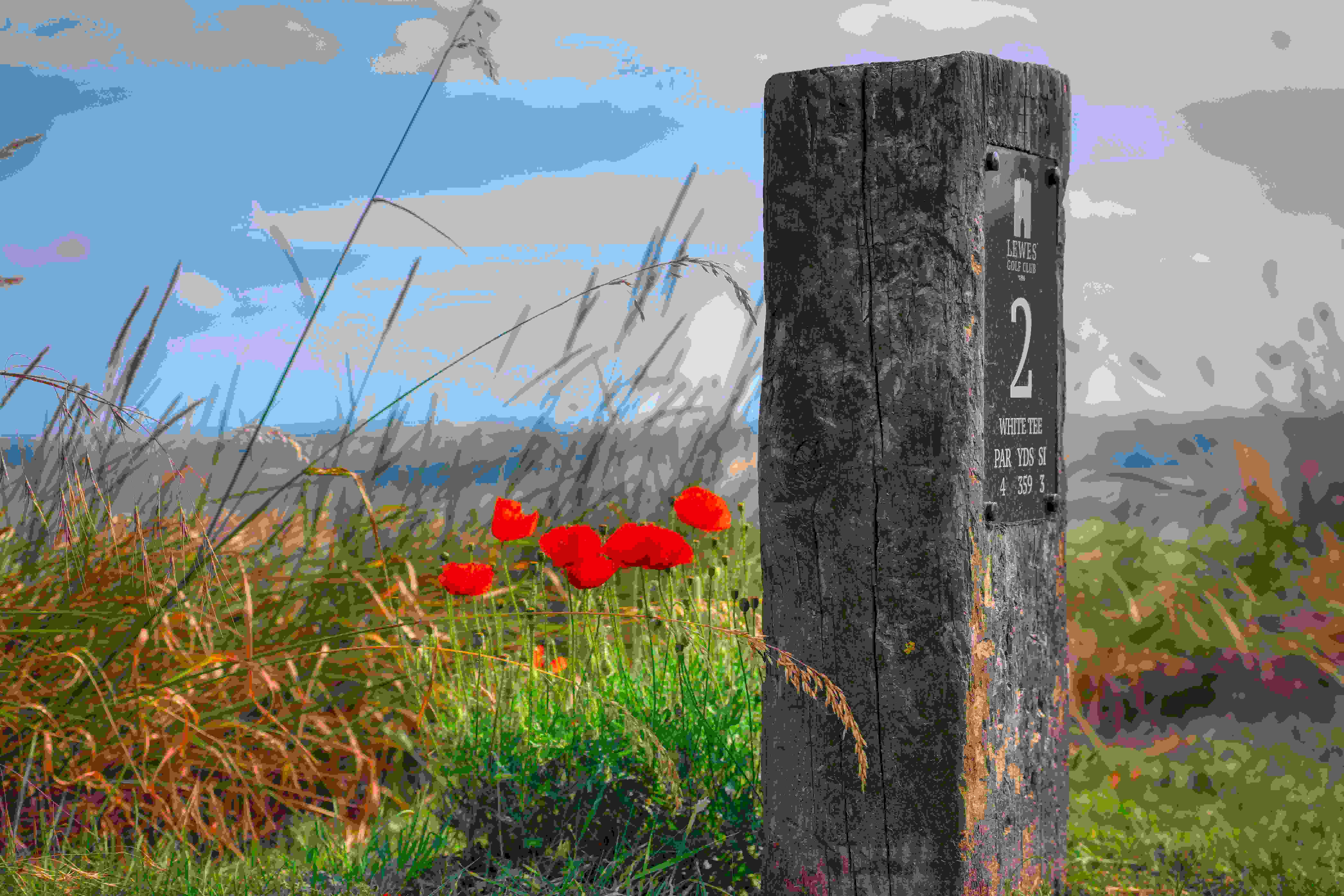Golf courses go green in bid to boost biodiversity
Network of clubs set up to share practical tips to increase bee and butterfly populations in the South Downs.

Your support helps us to tell the story
From reproductive rights to climate change to Big Tech, The Independent is on the ground when the story is developing. Whether it's investigating the financials of Elon Musk's pro-Trump PAC or producing our latest documentary, 'The A Word', which shines a light on the American women fighting for reproductive rights, we know how important it is to parse out the facts from the messaging.
At such a critical moment in US history, we need reporters on the ground. Your donation allows us to keep sending journalists to speak to both sides of the story.
The Independent is trusted by Americans across the entire political spectrum. And unlike many other quality news outlets, we choose not to lock Americans out of our reporting and analysis with paywalls. We believe quality journalism should be available to everyone, paid for by those who can afford it.
Your support makes all the difference.Golf courses across the South Downs National Park are clubbing together to share knowledge and practical support to help fight biodiversity loss.
The project aims to help green-keepers create havens for wildlife, particularly bees and butterflies, as well as introduce mowing methods to protect rare chalk grassland and encourage wildflowers.
A total of 14 golf clubs from across Sussex took part in a seminar at Pyecombe Golf Club, near Brighton, which has become one of the best courses in the country for chalk grassland flowers and butterflies.
Last year an ecological survey at Pyecombe Golf Club discovered 34 species of butterfly, including rare species such as the Adonis blue, brown hairstreak and grizzled skipper.
Caroline Croft, operations manager at Sussex-based charity the Southwood Foundation, which is co-ordinating the project with the South Downs National Park Authority, said that clubs were now sharing practical ideas having previously worked in isolation.
She said: “Biodiversity in the UK is struggling, and we need nature corridors for wildlife to be able to thrive. I think there’s potential for golf clubs to play a significant role.
“Extending the roughs where possible is one really impactful step they can take.
“Clubs doing this are seeing significant increases in pollinators, such as butterflies without impeding the game, in fact enhancing the experience for players.
“It’s also about saving resources for clubs, working with nature to control pests instead of using expensive chemicals, for instance, being able to reduce water use, or spending less time and fuel on cutting back the roughs – so it’s a win-win for nature and people which makes it really exciting.”
She explained that grassy areas were traditionally mown with the cuttings left on the ground to decompose, enriching the soil which then encouraged coarser grasses to dominate and outcompete wildflowers.
But with the introduction of a “cut and collect” system, the soil would not be enriched with nutrients as the grass cuttings are collected enabling the rare chalk grassland to be maintained and a variety of wildflowers to grow and provide habitat for bees, butterflies and other insects.
Tim Brewster, course manager at Lewes Golf Club, which received a grant from the South Downs National Park to buy a cut and collect machine, said: “After the first year, I have started to notice a larger amount of yellow rattle spreading to different areas of the course, which already looks to start thinning out the areas, which is great for golfers to find their ball but also a positive for wildflowers.
“The savings we have made are huge, we have cut down the time to complete this work to a month and a half. So that’s nearly cut the time in half, so saved lots of money on diesel and man hours.
“An increase of birds of prey has been noticed, with more kestrels, red kites, and buzzards. We continue to see the peregrine falcons that are nesting on the cliff, hunting, and playing on the fairways.”
Jan Knowlson, biodiversity officer for the national park, said: “The very nature of golf courses means that new habitat can be fairly easily created to support grassland species and Pyecombe and Lewes are proof that biodiversity and golfing can happily co-exist.”